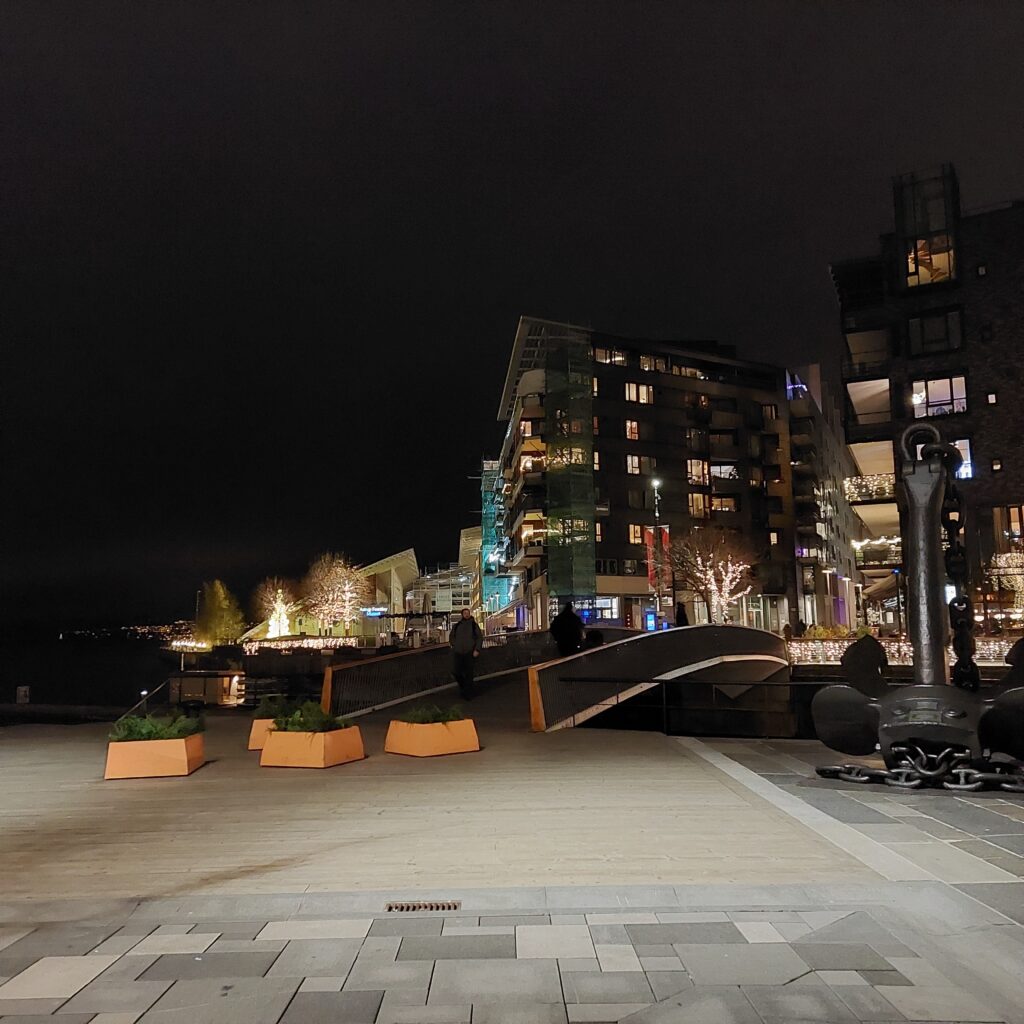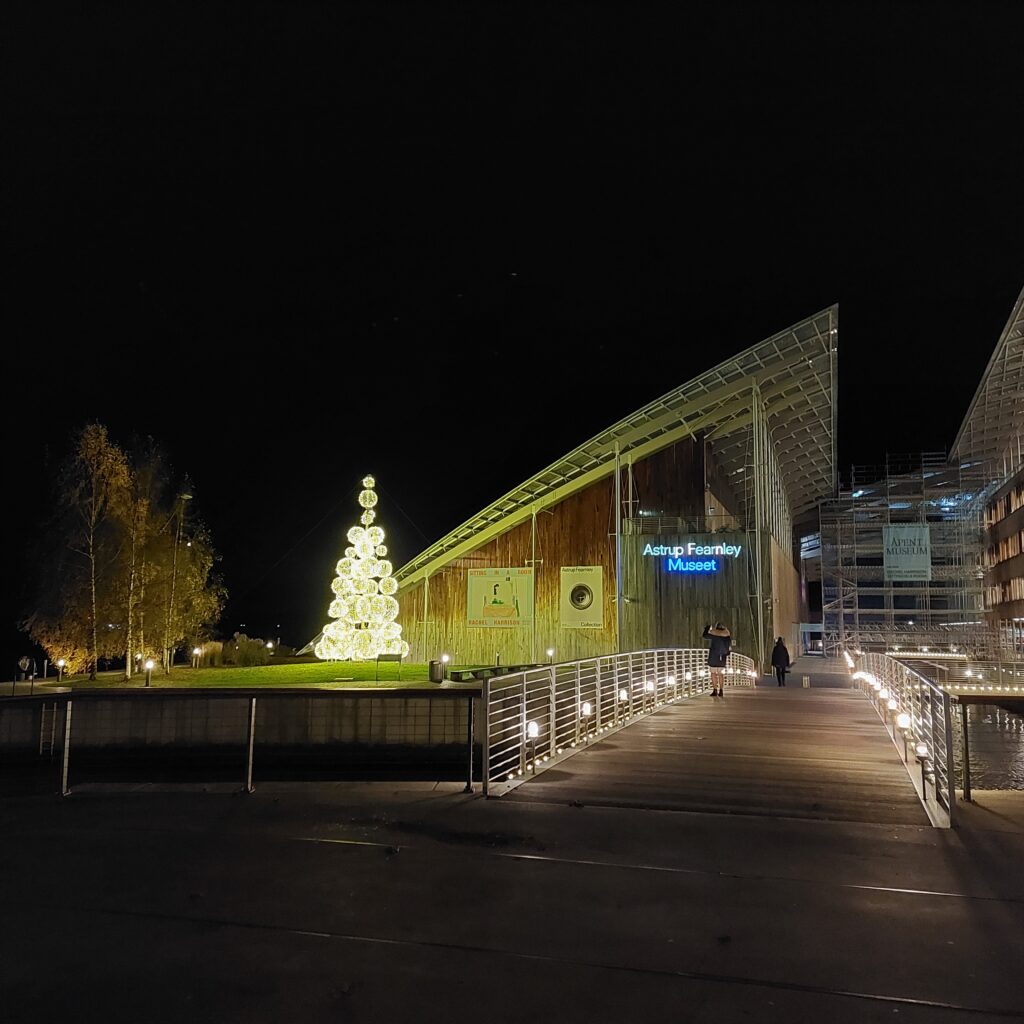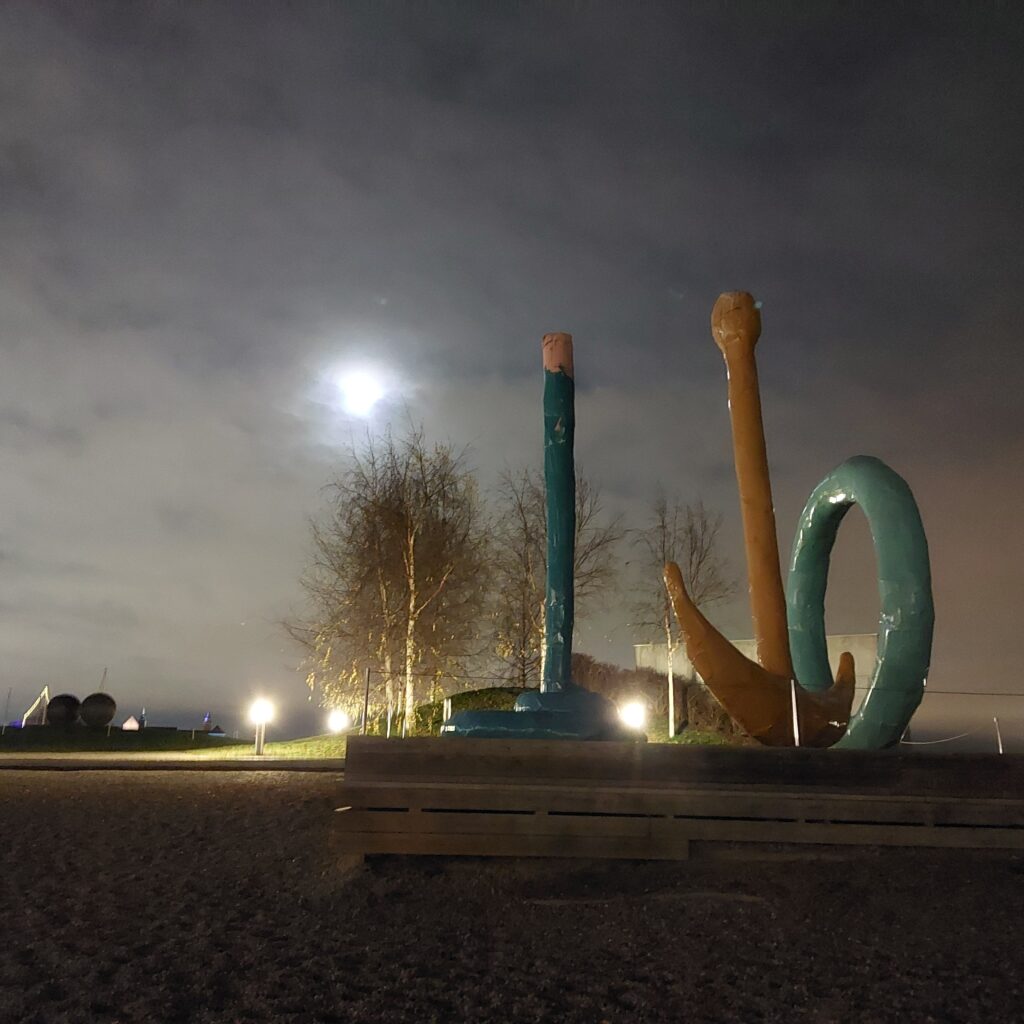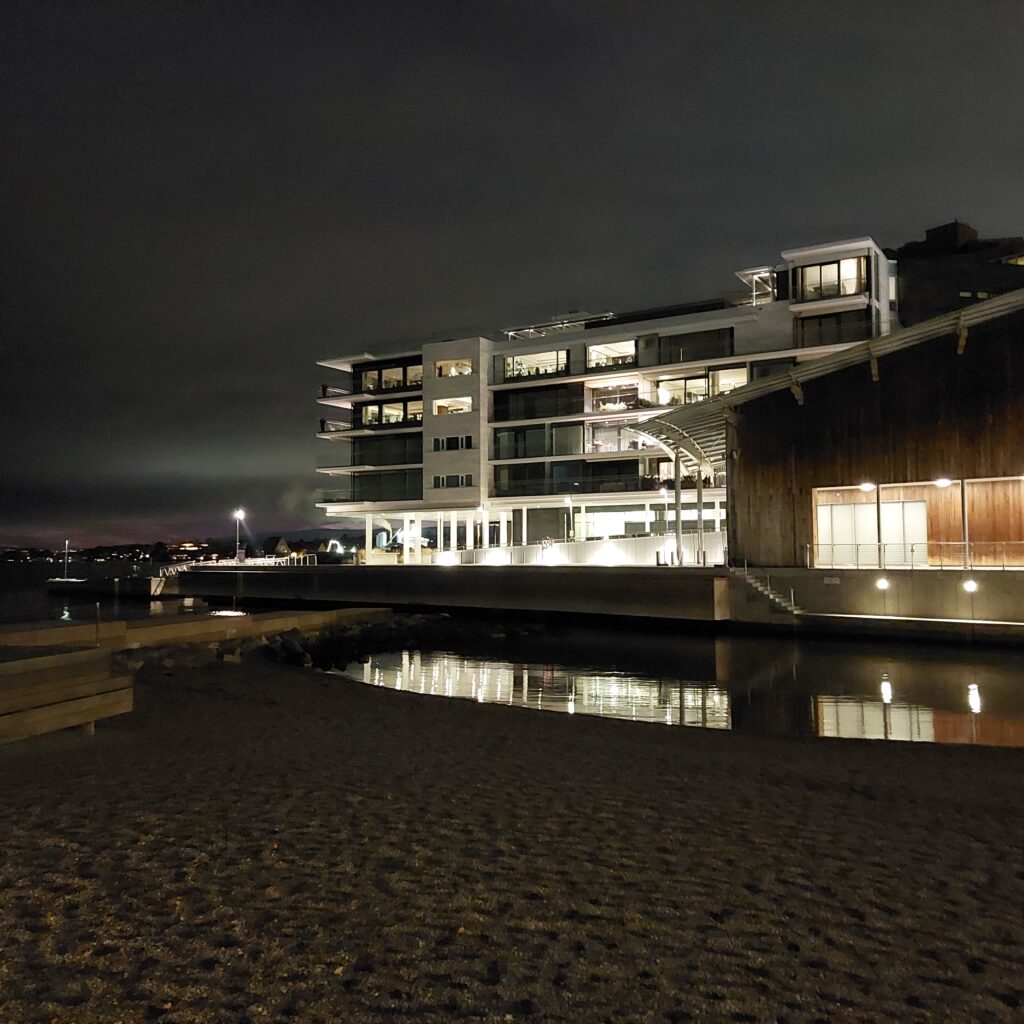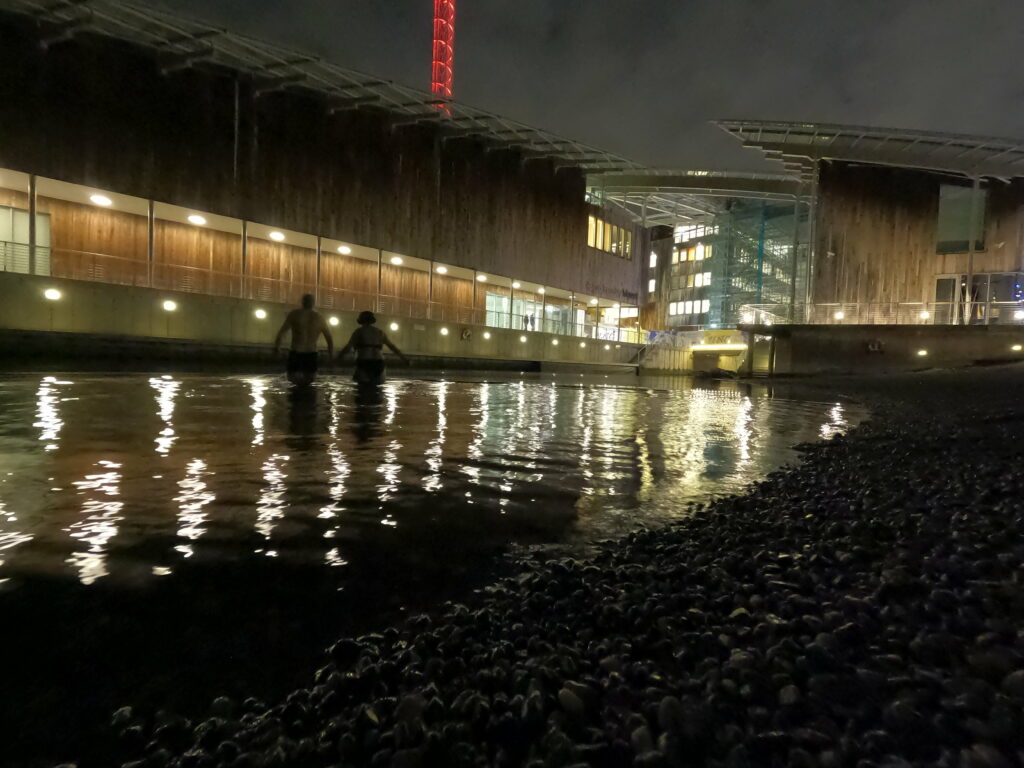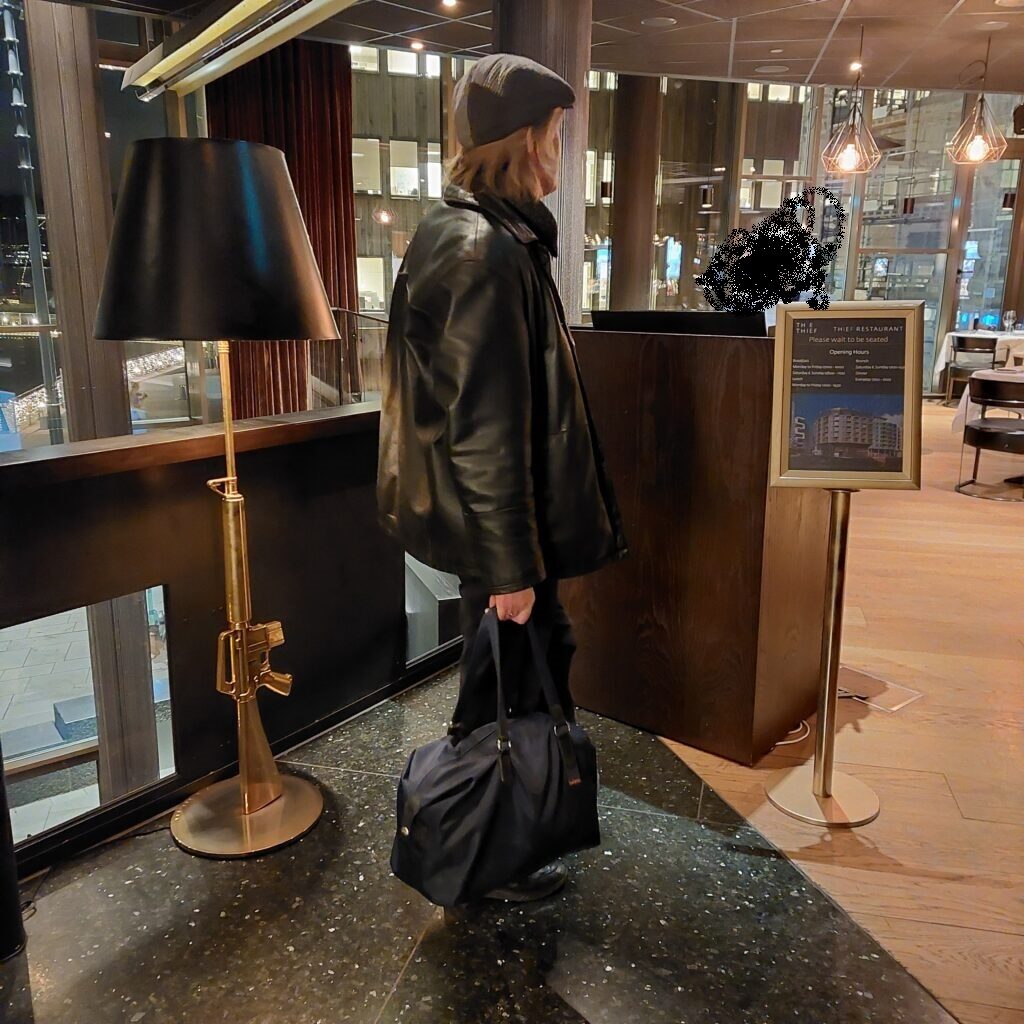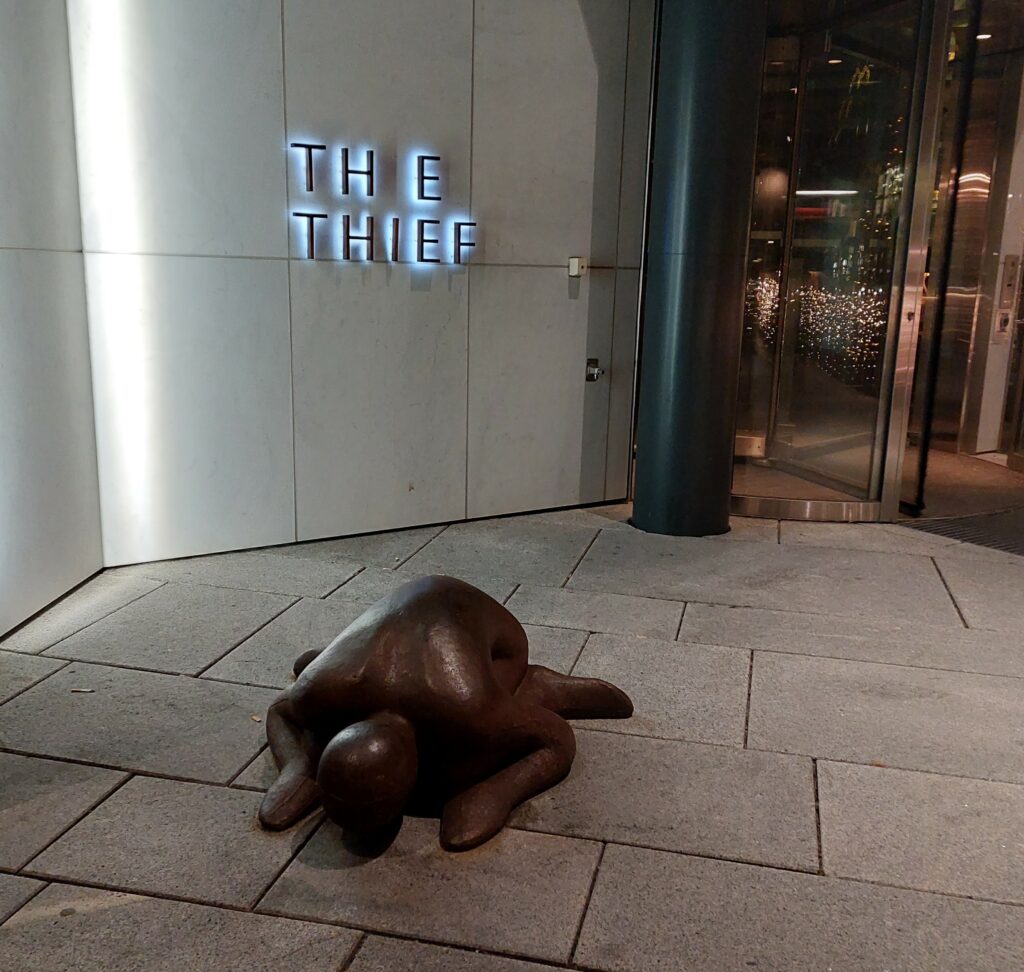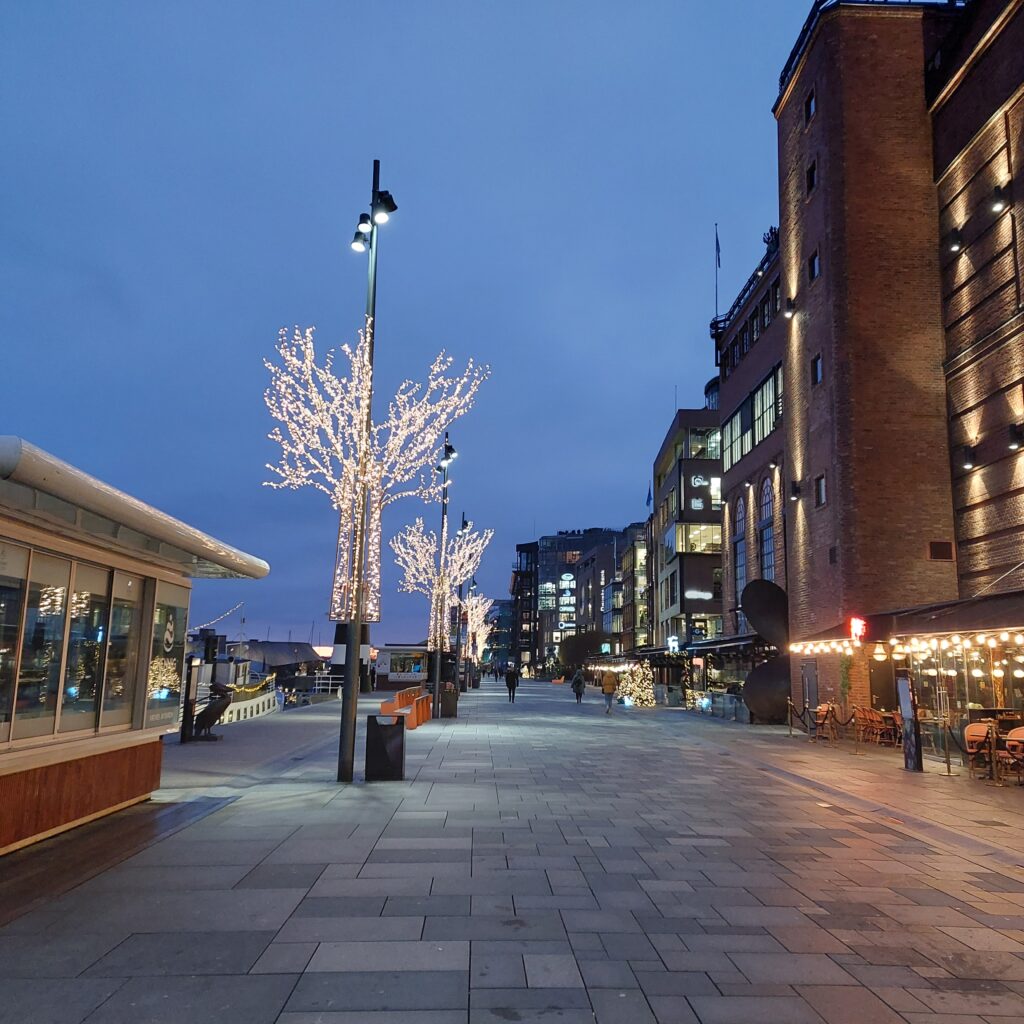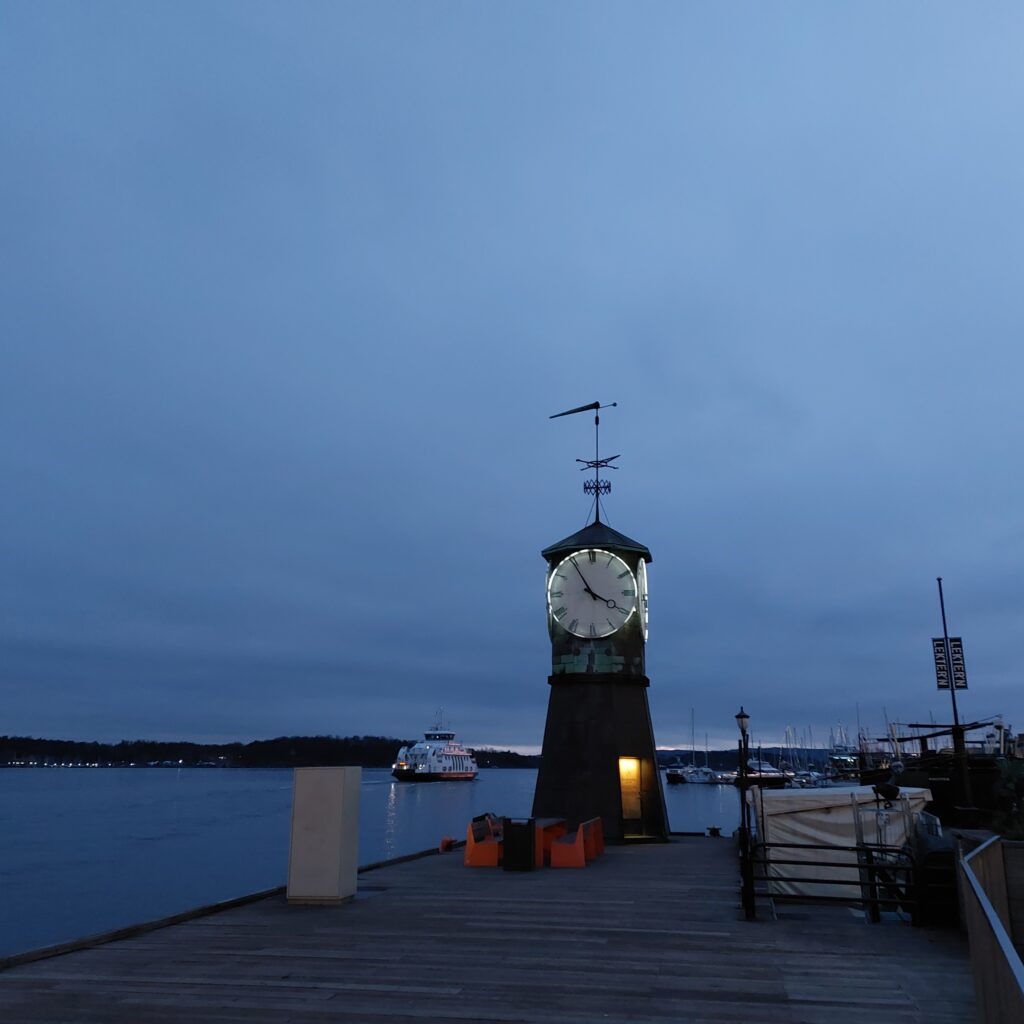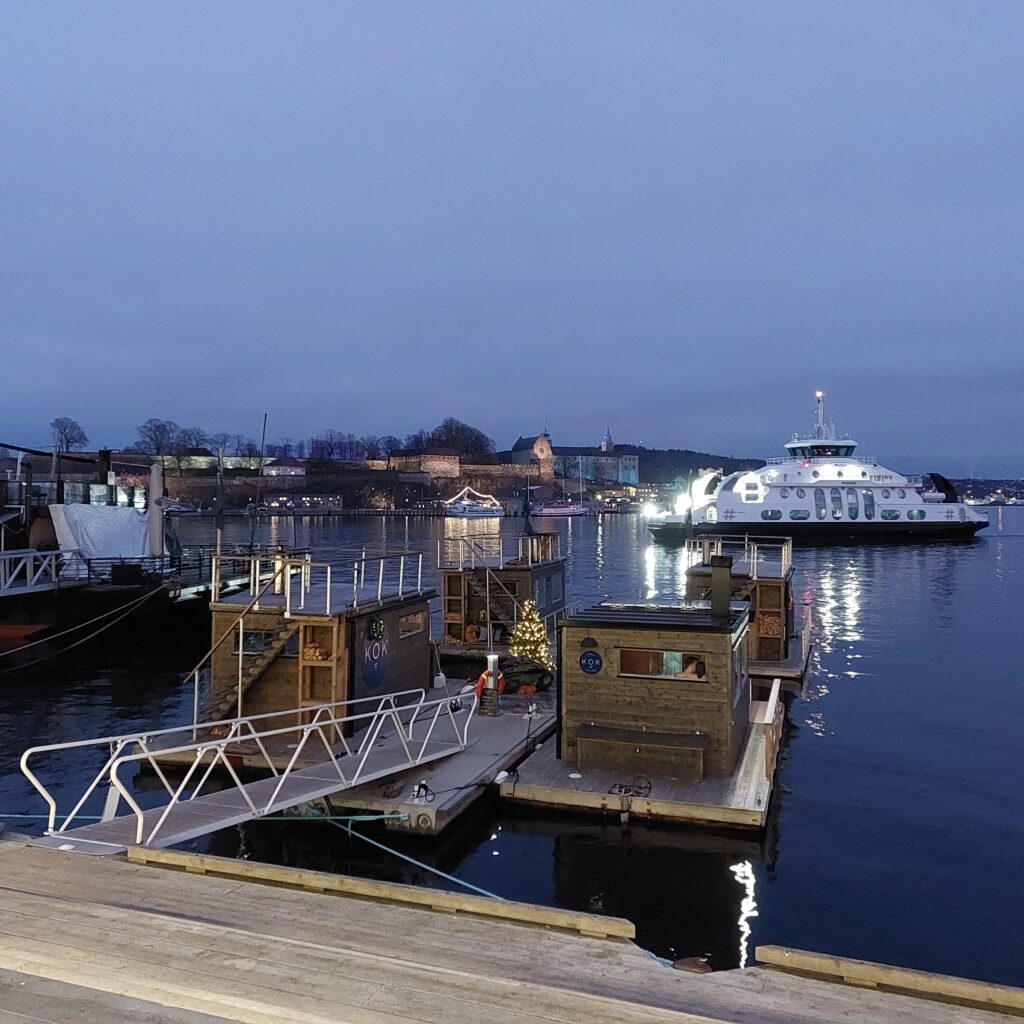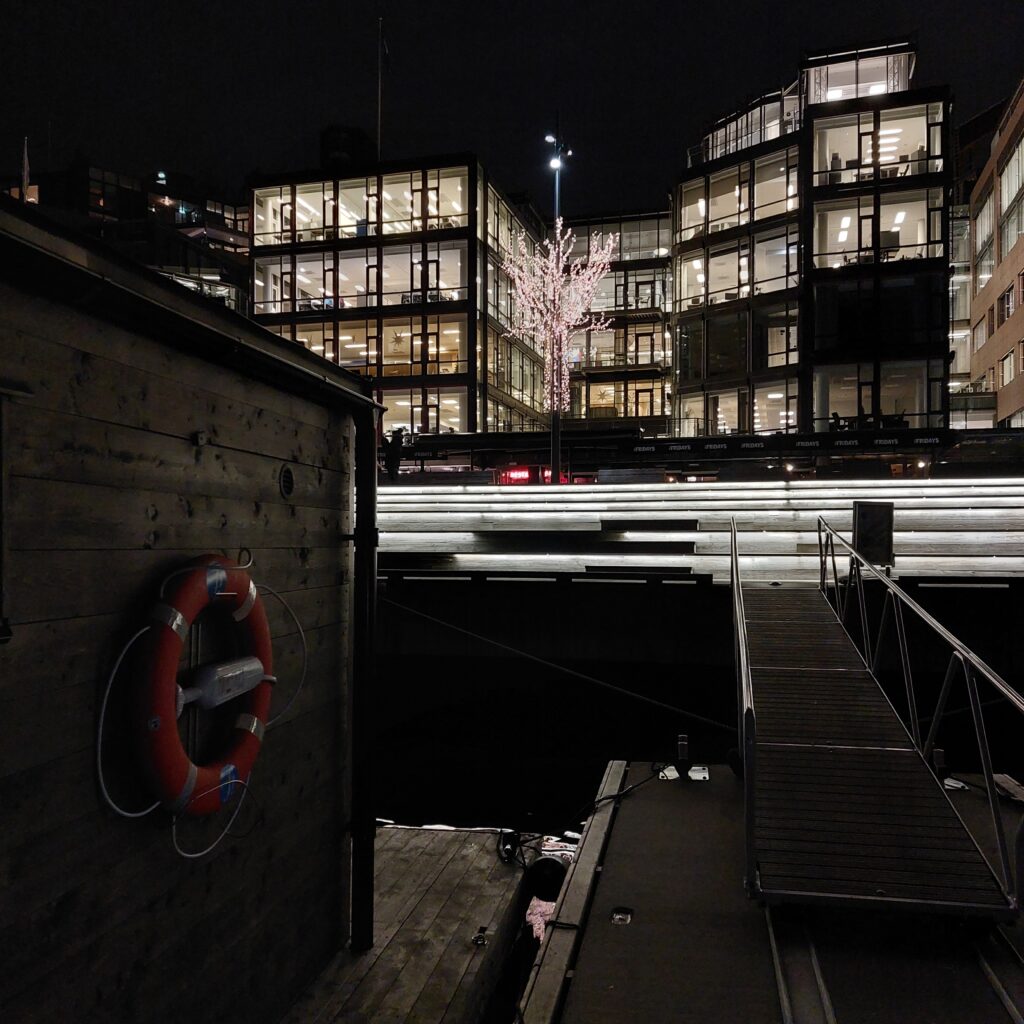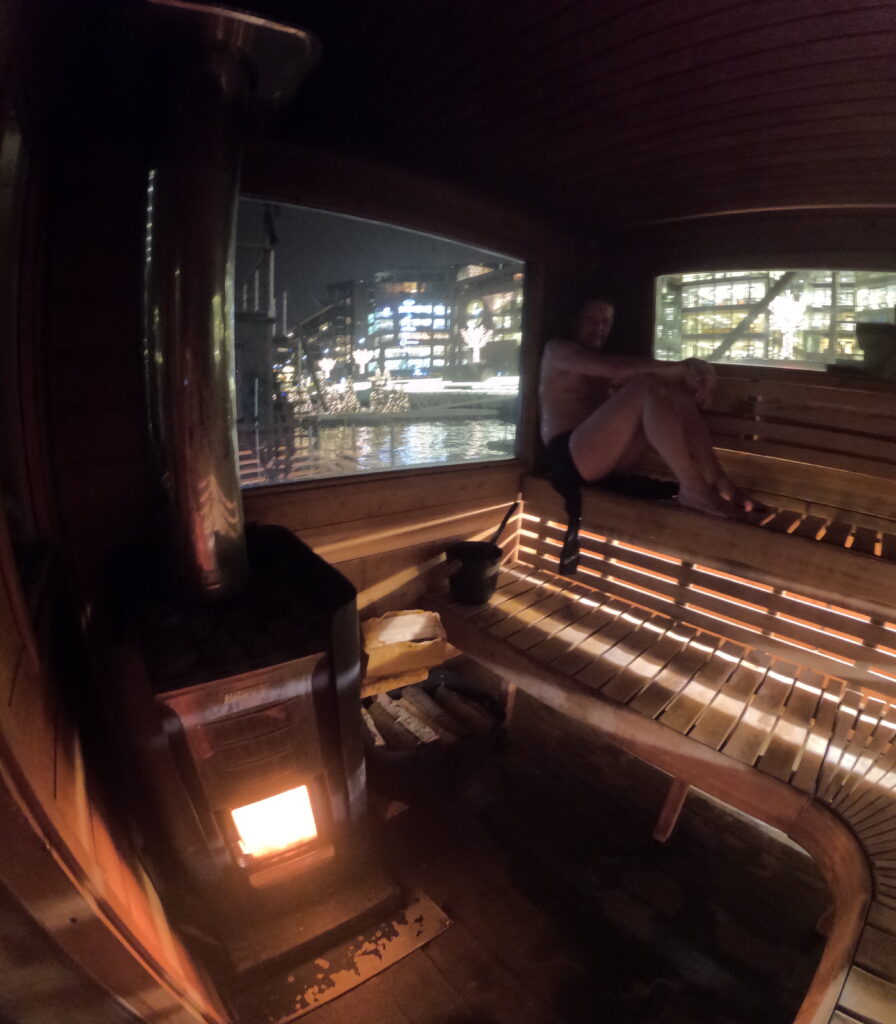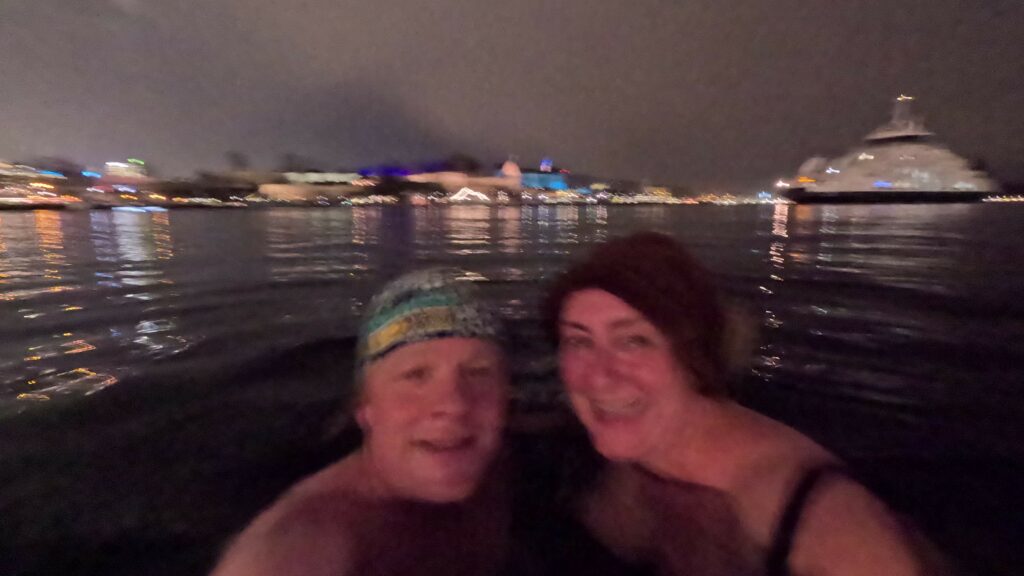A stone’s throw from Oslo Central Station you’ll find the Norwegian Opera and Ballet. Designed by ‘Snøhetta‘ architects, it has become a landmark and place of pilgrimage for all who visit Oslo.
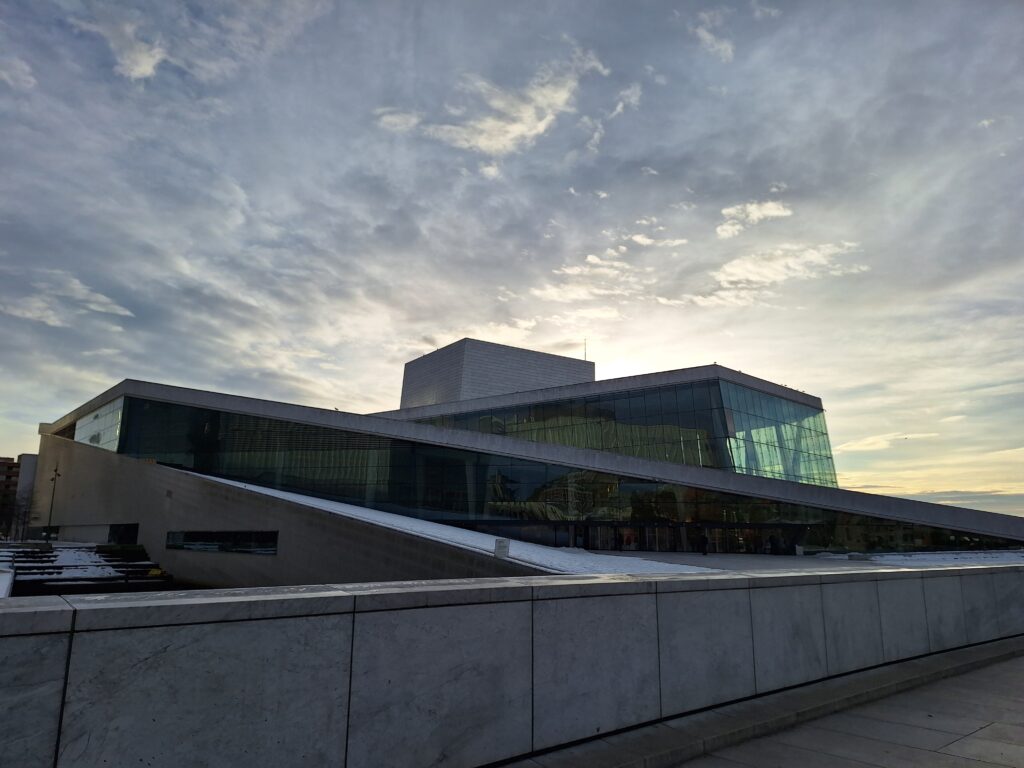
The decision to build a completely new opera house started a long lasting debate at the time, not least the price tag of over 4 billion NOK. As expected, attendance at the opera has increased significantly since the new building opened in 2008, and all shows are normally sold out before the season starts. When you also consider that the ingenious design, including public access on the roof, makes it accessible to everyone regardless of musical preferences, this project can only be labeled a great success.
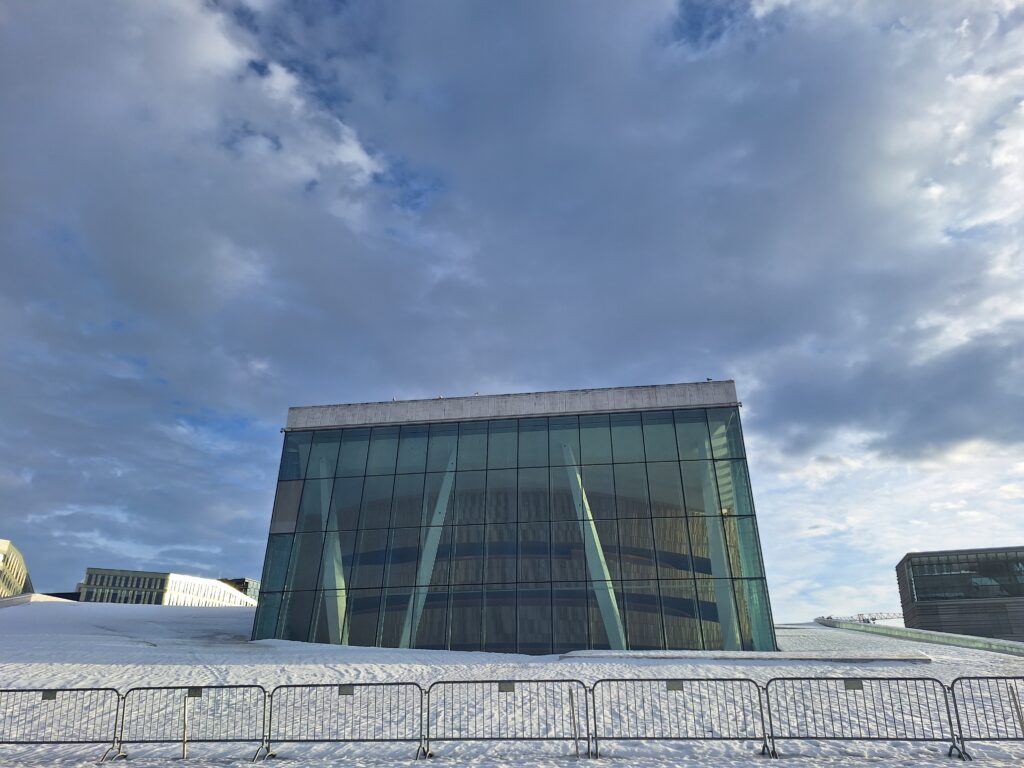
For Tobatheornottobathe, the lack of roof summit climbing was not a big disappointment, as we are always on a bathing tour as well. Just outside the Opera House, you can admire the floating sculpture ‘She Lies’. Her design interacts neatly with the Opera House, constantly turning and moving with the current and wind. Awesome! We wanted to swim there!

‘She Lies‘ is a three-dimensional interpretation in steel and glass of Caspar David Friedrich’s painting ‘Das Eismeer‘ (The Ice Sea) from 1823.
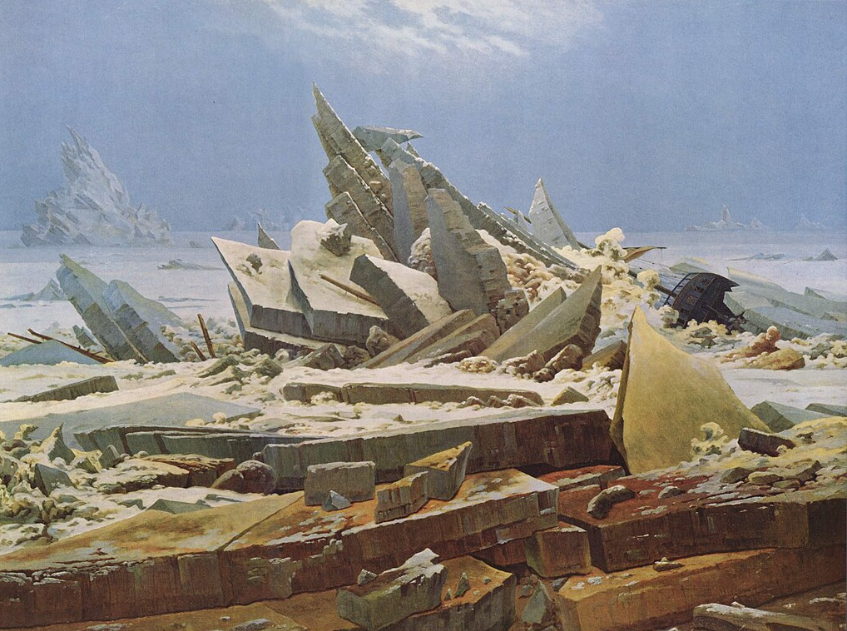
Caspar David Friedrich was born German in Greifswald (Swedish Pomerania) in 1774. He is considered one of the most important painters of the Romantic period. Why did he paint the Arctic Ocean? Art patron Johann Gottlob von Quandt wanted polar images in his private collection as a counterpart to motifs from the lush south, so in this sense it may have been a commissioned work. But it has also been interpreted as an elaboration of a childhood trauma from the age of 12, when he and his brother Christoffer went skating and Friedrich fell through the ice into water. The brother, one year younger, managed to save Friedrich, but drowned himself. The brownish color of the ice might come from domestic rather than arctic ice. Friedrich made many sketches while living in Dresden during the winter 1821, when the river Elbe was completely covered in ice.
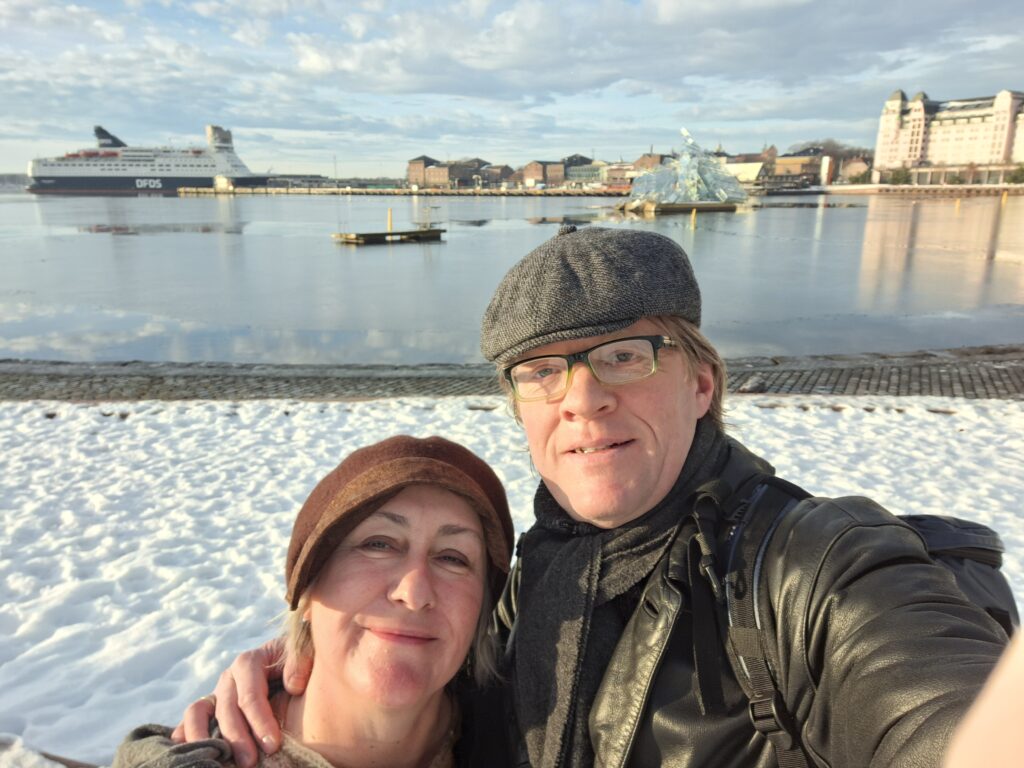
As a picture of the feeling when you throw yourself into water below 4 degrees Celsius, ‘She Lies’ is an excellent illustration. Tobatheornottobathe do not combine sauna with ice bathing at the moment, so every bath is cold-cold-cold and not warm-cold-warm (the motive is to become even better accustomed to cold water). She Lies’ location might be a lie, since icebergs do not usually drift into the Oslo fjord. But ice on the fjord is not at all unusual, as the day we enjoyed our swim. Bonvicini is an Italian artist based in Berlin, who likes to use humor in her works. Here, the most striking issue is the tension between the romantic style of Das Eismeer and the pointed, modern style of She Lies, which could perhaps be seen as a kind of lie? However, there are other, more extreme variations on Das Eismeer, the scenography at Theater Basel being the most special? The opera ‘Aus Deutchland‘ was performed in and on real pianos stacked like the ice in the painting.
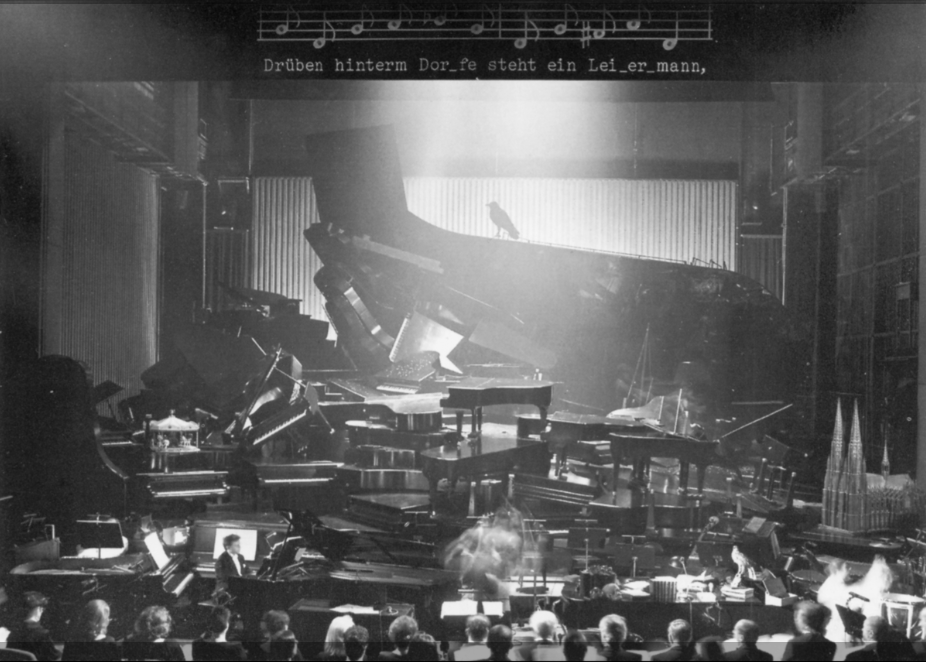
Our swimming was definitely neither lying down nor lying, in winter it’s all about efficiency! It was a rift in the ice from Operastranda (the Opera Beach) to our destination. Luckily! It would have been too much fuzz if we actually did change clothes and jumped into the water directly from the Opera roof. The Opera Beach is constructed by the use of local stone and sand from the Drammen fjord. It’s lovely! While we changed, a couple of Italians were standing just by, talking loudly on their mobile phones. ‘This is Oslo, we can see the Opera, we can see the Munch Museum, etc.‘. ‘Wow! This will turn out loud when we start swimming!‘, we thought. But the narrator continued in exactly the same voice… There’s clearly nothing special about swimming in the innermost part of the Oslofjord in winter, even not for italians.
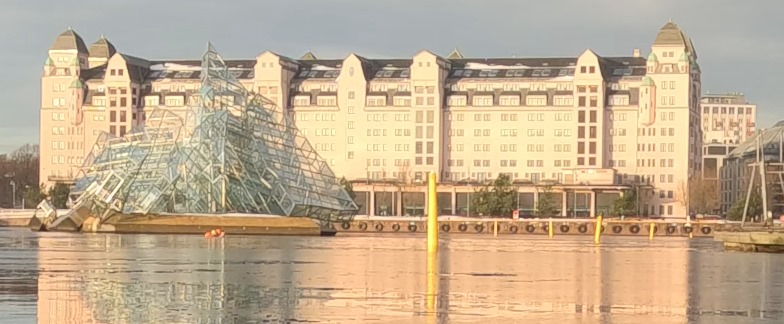
After an opera bath, what should we do – except visiting the Opera? If all the performances actually are sold out, mulled wine (gløgg), or ‘vin brûlé‘ as they might call it further south, could be an option. To our disappointment, we had to realize that pub owners in The Tiger City make gløgg only in December, and that is very hard to understand. As we see it, gløgg is a part of winter – and winter just doesn’t end in December!
